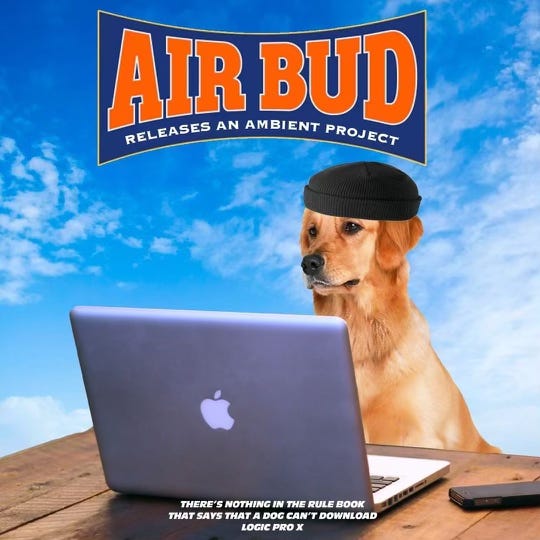🐾 No animals were harmed in the making of this newsletter
Some even got belly scritches during its editing.
John Bradshaw suggests that bonding with animals was an evolutionary advantage for early humans, and that we can see evidence of interspecies friendship as early as 30,000 years ago. Calling dogs “man’s best friend” may have gotten its start in 1821. Bringing pets into stories feels as natural as bringing these animals into our homes. But how and why do we add animals to a story?
Oana Leventi-Perez crafts a thesis about Disney’s use of Non-Human Animals, arguing that they lean heavily on negative stereotypes (of animals and people alike), and that the treatment of these animals on screen reinforces the dominion of humans over animals. Kendra Coulter looks at NOPE, and its story about exploiting animals for entertainment, and the peril of not treating them with respect.
C. Jerry Kutner digs deep into Old Yeller, seeing it through the lens of Dr. Jekyll & Mr. Hyde as an example of a story drawing on the fear of a family member turning into an unfamiliar, violent villain. Amy Harris starts from Old Yeller, but asks a larger question about the prevalence of books for early readers where a dog dies:
”Many elementary school curriculums include at least one book that prominently features a dog that dies [….] All of them follow this pattern: A boy needs to learn a life lesson. He encounters a dog who teaches him that life lesson and the dog inevitably perishes in a tragic and self-sacrificing way.”
The death of an animal companion can also weigh heavily on adults. Anne Bergstedt considers the relationship between Pádraic and his donkey in The Banshees of Inisherin, and what it means when she becomes collateral damage in the feud between Pádraic and Colm. Jimmy Humphrey breaks down the episode of Mister Rogers’ Neighborhood where one of Fred’s fish dies.1 It’s both a moving dialogue with children about how death can be emotional and confusing for adults, too (and Humphrey also peels apart the different layers of artifice in a story featuring a real dead fish, but pre-written scenes).
There are also cautionary tales about when an animal isn’t a pet. Steve Korver speaks with the director of the documentary Cat Dancers to unpack sharing the story of a polycule of performers, their collection of exotic cats, and the violent tragedy that ended it all. Richard Brody looks at the backstory and execution of Roar, the film that regularly endangered cast and crew with a collection of wild animals:
”Nonetheless, [Noel Marshall] uses Roar to put forth a single, big idea with a blinkered rigidity that comes through unambiguously. That idea is the plausibility of humans and wild animals living together harmoniously—despite the fact that the horrors of the shoot seem to contradict it. Only fear, suspicion, and resistance, the movie insists, make the animals dangerous—when they’re treated like beasts, they behave like beasts, and when they’re treated like companions, they act like companions, too.”
👋 Are you new here?
Inneresting is a weekly newsletter about writing and things that are interesting to writers. Subscribe now to get more Inneresting things sent to your inbox.
Previously on Inneresting…
In case you missed it, last issue’s most clicked link Kathleen Schmidt questions current beliefs about the way things are now for debut authors.
What else is inneresting?
Yang from Accented Cinema looks deep into Tony Leung’s eyes2 to get to the heart of his acting style.
Mike Masnick on how book publishers have forced the Internet Archive to pull half a million books out of their digital lending library, and how the lawsuit behind it is “an attack on the very concept of a library.”
And that’s what’s inneresting this week!
Inneresting is edited by Chris Csont, with contributions from readers like you and the entire Quote-Unquote team.
Are you enjoying this newsletter?
📧 Forward it to a friend and suggest they check it out.
🔗 Share a link to this post on social media.
🗣 Have ideas for future topics (or just want to say hello)? Reach out to Chris via email at inneresting@johnaugust.com, Mastodon @ccsont@mastodon.art, or Bluesky @ccsont.bsky.social
Post-Credits Scene
The entire episode is available through the official Mister Rogers website.
Okay, who among us hasn’t?




